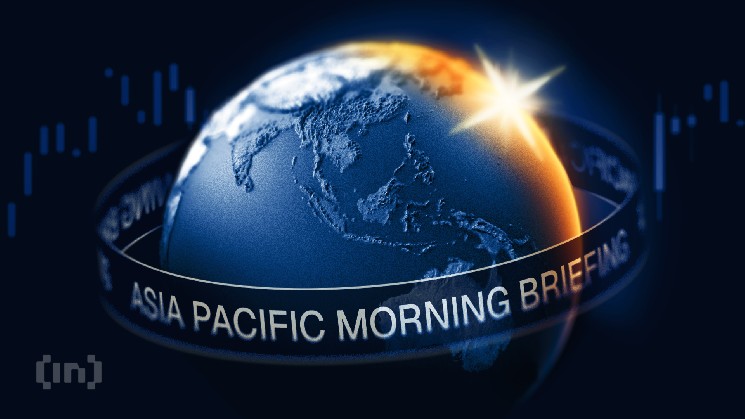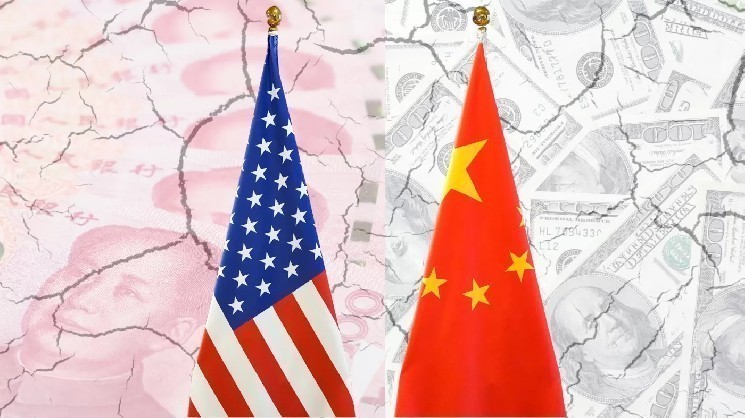Following the Money is a Q&A series that spotlights how Chainalysis customers use our products in the real world — from compliance teams and investigators to pioneers driving crypto adoption.
Usman Rehman is the Group Vice President of Compliance at Rain.
1. What’s the biggest misconception about your job?
People often think that good crypto compliance is all about having the right policies, systems, and procedures, but in reality it’s about the people behind them. Internal compliance teams need to truly understand why certain controls exist and what specific risks they are designed to mitigate. That level of understanding doesn’t come from reading a policy manual; it comes from knowing how the industry actually works. You need to understand how services such as centralized exchanges, decentralized platforms, OTC desks, and mixers operate in practice. Once you understand the mechanics, you can design controls that are effective and spot risks that others might miss. Real compliance is not theoretical; it is practical and built by people who understand both regulation and how crypto moves in the real world.
2. What’s the wildest rabbit hole Chainalysis ever led you down?
One of the most interesting cases started with what looked like a routine transaction that triggered a moderate risk flag. When we dug deeper using Reactor, we uncovered a pattern of activity linked to a coordinated fraud network operating across multiple platforms. It wasn’t immediately obvious at first glance, but the on-chain behavior told the story. By spotting it early, we were able to block related activity and protect several customers from potential losses.
3. Where do you think the biggest gaps are in public/private collaboration and what are you doing to bridge them?
This is something I feel genuinely passionate about. I’m very proud to be part of the Rain team, as we’ve always valued collaboration and transparency with regulators, law enforcement, and other relevant authorities. We regularly host and attend events that bring together the public and private sectors, and we’ve done so for many years to help bridge the gap and strengthen mutual understanding.
There’s definitely room for improvement across the wider industry. Things move incredibly fast in crypto, and communication between the public and private sectors needs to move just as quickly. Many crypto firms operate through a mix of regulated and unregulated entities, which makes it difficult to build a universal communication channel where everyone can contribute meaningfully.
I also think there’s an opportunity to create a structured way for crypto compliance teams to share intelligence with each other. That would help prevent bad actors from being offboarded by one firm, only to reappear at another with the same intent. The industry will bridge this gap over time, but it will take genuine collaboration between the relevant counterparts to make it happen.
4. How has your work changed the way you think about money or trust?
How people view money and the level of trust they place in the global financial system has always fascinated me, and I’ve done a lot of reading on the topic over the years. I started trading crypto around 2016, so my work probably hasn’t changed the way I think about money all that much.
What has surprised me from my work, though, is how much trust people put in unregulated exchanges without really knowing who holds their funds. It’s something I’ve seen time and again, and I always tell friends to trade or hold assets only with regulated businesses.
5. Which blockchain do you think will define the next 5 years?
For me, the answer has always been bitcoin, and I don’t see that changing. Other blockchains have brought incredible innovation, such as smart contracts, DeFi, and tokenization, but bitcoin remains the foundation of the entire ecosystem, the most secure, decentralized, and time tested network out there. While other chains will continue to evolve, bitcoin still defines what digital trust and value preservation truly mean.
6. If you could automate one part of your job, what would it be?
Automation could really help with tracking regulatory change across jurisdictions. Crypto regulation moves fast, and it takes huge effort to map each update to internal controls and policies. A smart system that automatically links new rules to existing frameworks would be a game changer for global compliance teams.
7. What’s a pattern you’ve trained yourself to spot instinctively?
When reviewing blockchain activity, I’ve learned to notice when something looks like a service entity, such as an exchange, even if it hasn’t been tagged yet. Sometimes, you’ll see a high-risk address that’s still uncategorized, but the transaction flow, number of counterparties, and behavioral patterns mirror what you’d expect from a service. Identifying this early saves a lot of time during an investigation. Once you’ve reviewed enough on-chain activity, you start to recognize the rhythm of how legitimate services move funds compared to individuals or bad actors.
This website contains links to third-party sites that are not under the control of Chainalysis, Inc. or its affiliates (collectively “Chainalysis”). Access to such information does not imply association with, endorsement of, approval of, or recommendation by Chainalysis of the site or its operators, and Chainalysis is not responsible for the products, services, or other content hosted therein.
This material is for informational purposes only, and is not intended to provide legal, tax, financial, or investment advice. Recipients should consult their own advisors before making these types of decisions. Chainalysis has no responsibility or liability for any decision made or any other acts or omissions in connection with Recipient’s use of this material.
Chainalysis does not guarantee or warrant the accuracy, completeness, timeliness, suitability or validity of the information in this report and will not be responsible for any claim attributable to errors, omissions, or other inaccuracies of any part of such material.
The post Following the Money with Chainalysis: 7 Questions for Usman Rehman appeared first on Chainalysis.






